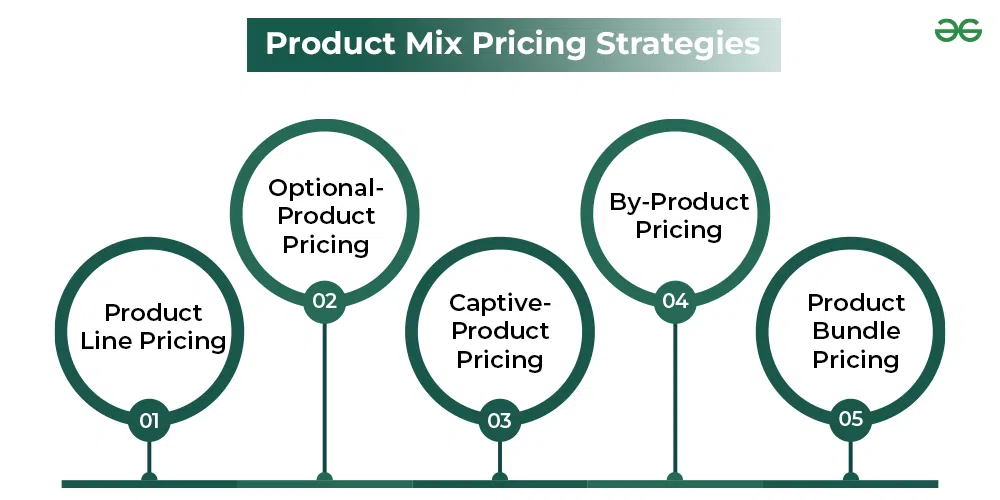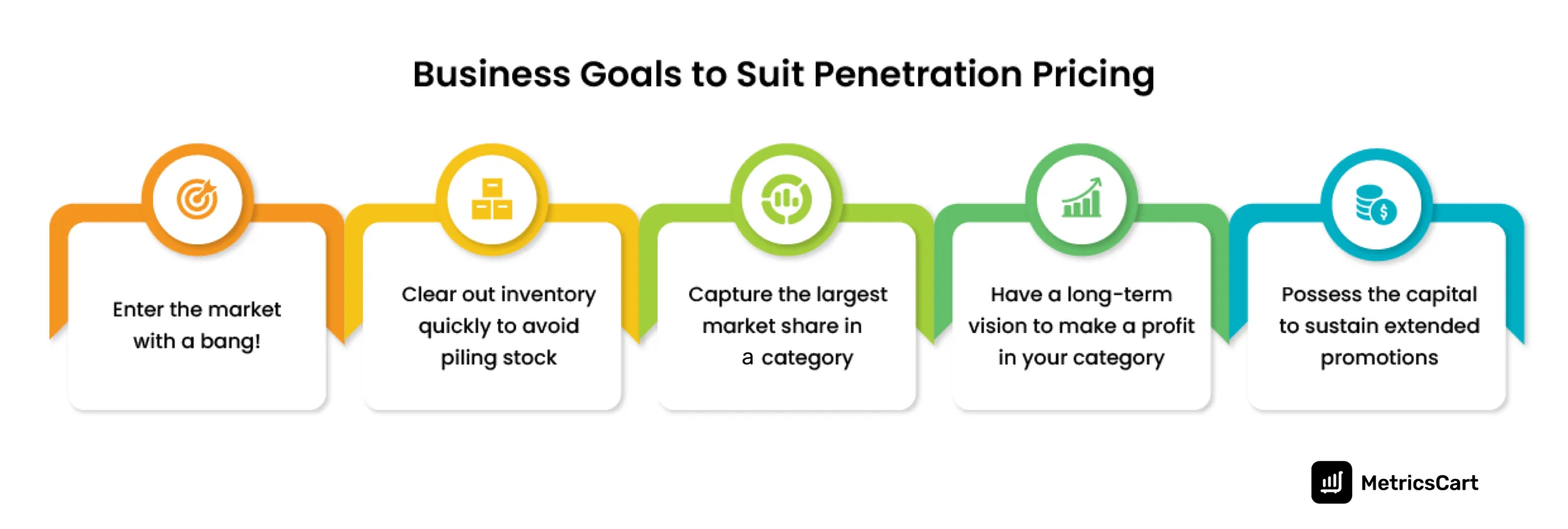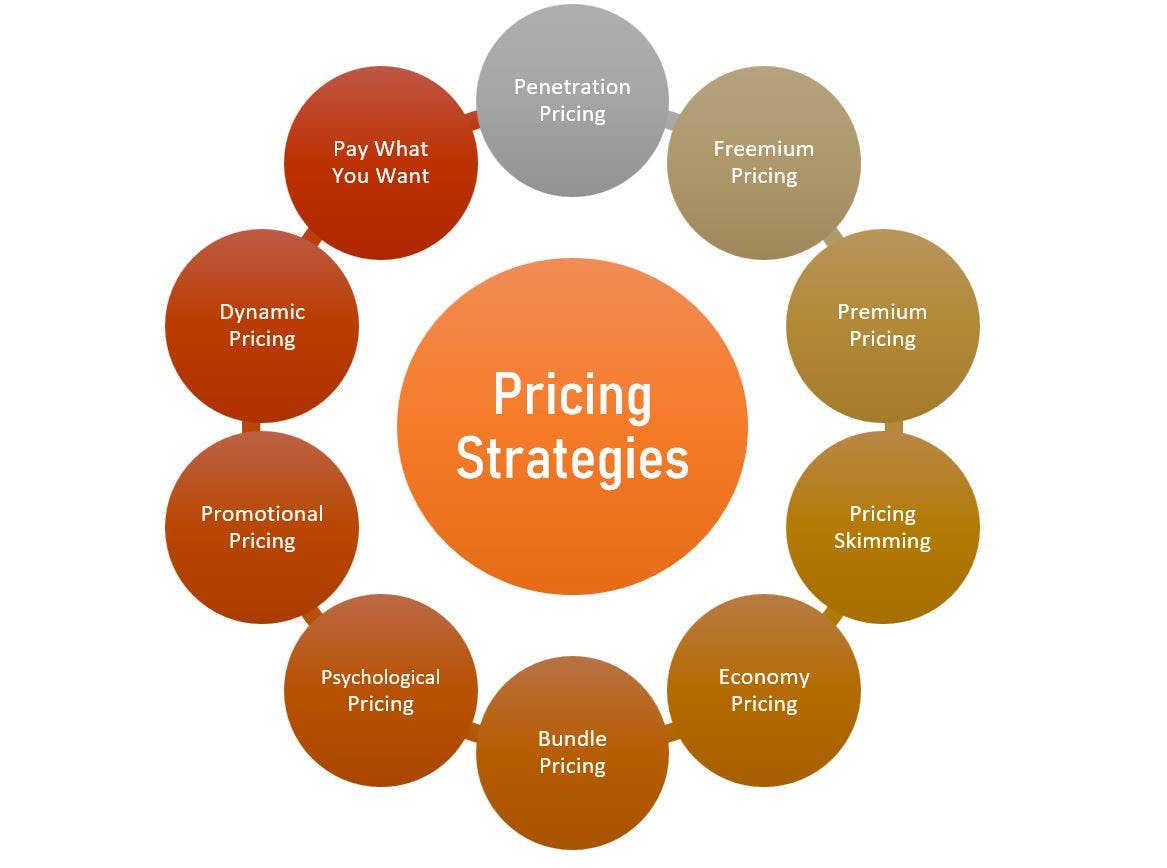How to Carry Out a Value-Based Pricing Strategy for Optimum Influence
How to Carry Out a Value-Based Pricing Strategy for Optimum Influence
Blog Article

Master Effective Pricing Strategies to Make Best Use Of Earnings
In the ever-evolving landscape of business, understanding efficient rates approaches is crucial for services intending to maximize profit. A nuanced understanding of rates psychology can considerably influence client behavior and investing in decisions.
Recognizing Rates Psychology
Comprehending rates psychology is vital for services aiming to optimize their rates methods. This field checks out just how customers view rates and just how these understandings affect their getting decisions. Key principles in pricing psychology consist of the anchoring result, where the initial cost offered works as a referral factor for customers, and the concept of rate level of sensitivity, which varies among various consumer sections.
Additionally, organizations can leverage the concept of viewed value, where the regarded benefits of an item or solution can validate a greater price factor. As an example, premium pricing can develop an aura of exclusivity, attracting consumers that associate higher prices with exceptional top quality. On the other hand, mental prices, such as establishing a price at $9.99 rather than $10, can dramatically impact consumer actions by making prices show up much more attractive.
Additionally, scarcity and necessity can enhance the regarded worth of products, triggering quicker acquiring choices. Recognizing these emotional triggers enables organizations to create rates approaches that not just drive sales but also foster consumer loyalty. Hence, mastering pricing psychology is vital for effective pricing strategy formulation, bring about boosted productivity and market positioning.
Applying Value-Based Pricing

First, conduct complete market study to identify the value motorists for your target market. This can consist of attributes, top quality, brand name online reputation, and customer support. Next, section your clients based upon their readiness to pay and the value they view. By doing so, you can customize offerings and rates strategies to straighten with various sections.
Continuously keep track of market problems and customer feedback to fine-tune your prices method over time. By executing value-based rates, organizations can enhance success while promoting long-lasting client loyalty.
Checking Out Dynamic Prices Versions
In today's quickly altering market landscape, dynamic prices versions have emerged as a powerful technique for services looking for to optimize revenue and react to fluctuations sought after. These models allow companies to readjust their rates in real-time based on various factors such as customer behavior, market trends, and inventory levels. By leveraging information analytics and formulas, businesses can identify optimum rates points that make best use of sales while remaining go to these guys competitive.
Dynamic rates can take different types, consisting of time-based rates, where prices fluctuate based on time of day or period, and demand-based rates, which readjusts prices according to existing consumer demand. This flexibility not just enhances success but additionally improves consumer satisfaction by offering prices that mirror real-time market conditions.
Carrying out dynamic rates needs a durable technical framework and a deep understanding of consumer segments. Transparent interaction about pricing adjustments can aid alleviate consumer discontentment and foster count on, inevitably leading to sustained success in a competitive marketplace.
Analyzing Competitor Rates
Monitoring rival rates is important for companies aiming to preserve an one-upmanship in their particular markets. By analyzing rivals' prices techniques, companies can recognize market fads, understand consumer preferences, and change their rates accordingly. This analysis entails celebration information on competitors' rates, marketing methods, and item offerings to educate pricing decisions.
To efficiently assess competitor rates, businesses must utilize numerous devices and methods, such as rate monitoring software application, marketing research reports, and client responses. This information can expose exactly how rivals position their services and products, enabling businesses to differentiate their offerings or adopt similar methods to remain relevant.
In addition, it is essential to classify rivals into straight and indirect competitors. Direct rivals provide comparable product and services, while indirect rivals may satisfy the exact same customer need with various remedies. Recognizing the subtleties between these groups will enable companies to tailor their rates approaches my blog better.
Eventually, ongoing rival pricing analysis is vital for making informed pricing choices. It permits services to continue to be nimble in feedback to market shifts, guaranteeing they can take chances and alleviate risks connected with rates methods.
Assessing Rates Efficiency
Understanding just how competitor pricing affects market dynamics results in an all-natural emphasis on reviewing pricing performance within one's own business. This assessment is my link vital for recognizing areas of stamina and chances for renovation, inevitably enhancing success.

Additionally, performing routine pricing audits can reveal disparities in between anticipated and real efficiency. This includes contrasting rates information across different sections and networks to comprehend variances and determine fads. Moreover, incorporating client responses can supply insights right into perceived value versus real pricing, guaranteeing alignment with market expectations.
Lastly, leveraging data analytics tools can facilitate deeper insights into prices performance, making it possible for services to make data-driven modifications (Pricing Strategy). By consistently assessing prices efficiency, organizations can adapt to market adjustments and maximize their methods, making certain sustained productivity in an affordable landscape
Verdict
Reliable pricing techniques are important for taking full advantage of profit in an open market. By leveraging prices psychology, companies can improve regarded worth and dressmaker prices to diverse client sectors. The adoption of dynamic and value-based rates versions facilitates real-time adjustments based upon need and consumer desire to pay. In addition, continual evaluation of rival prices and efficiency metrics guarantees tactical dexterity. Inevitably, an extensive approach to rates not only drives earnings but additionally cultivates client fulfillment and commitment.
Understanding rates psychology is important for organizations intending to maximize their prices techniques. Recognizing these psychological triggers allows organizations to develop pricing approaches that not only drive sales yet additionally foster consumer commitment. Thus, mastering pricing psychology is essential for effective rates method formulation, leading to enhanced productivity and market positioning.
By evaluating competitors' pricing approaches, companies can determine market patterns, comprehend consumer preferences, and readjust their pricing appropriately. By leveraging pricing psychology, businesses can boost perceived value and tailor rates to varied customer sectors.
Report this page